The 1,460 sq. m. (15,715 sq. ft.), ellipse-shaped (unlike other plazas in Manila) Plaza San Lorenzo Ruiz (or Plaza Lorenzo Ruiz), a major public square fronting the Minor Basilica of San Lorenzo Ruiz (Binondo Church), one of the main churches of the City of Manila, is considered the center of Binondo as a whole. It is bounded by Quintin Paredes Street (formerly Calle Rosario) to the east and Juan Luna Street (formerly Calle Anloague) to the west, parallel to the Estero de Binondo.
Check out “Minor Basilica and National Shrine of San Lorenzo Ruiz“
Originally called the Plaza de Binondo (sometime in the 1700s or 1800s), and then Plaza Carlos IV (after Charles IV of Spain), the plaza was eventually renamed Plaza Calderón de la Barca (often shortened to Plaza Calderón), after the famous Spanish playwright Pedro Calderon de la Barca later in the 19th century. It is believed that the plaza may have been renamed after Calderón either by the then-sitting Governor-General, or by the Dominican friars who had adored his works and who were, at the time running the Binondo Church.
Plaza San Lorenzo Ruiz was created to serve as the largest plaza (originally an open grass field) of Binondo, the settlement of for Chinese migrants arriving in Manila which was established in 1594 on the northern bank of the Pasig River by then Governor-General Gómez Pérez Dasmariñas. During the Spanish colonial period, the plaza was a hub for economic activity, now surrounded by trees and tipped with two large fountains, both of which still stand today.
Trade around the area increased with the completion of the Binondo Church in 1854, and several large buildings and mansions were built around the plaza. During American rule, economic activity continued to grow in Binondo, and the plaza, alongside other major plazas in Manila, was a busy center of activity, being also well-served by Manila’s pre-World War II tram network.
During the Battle of Manila in 1945, the plaza was spared and economic activity in Binondo recovered thereafter. However, around the 1960s, the area around the plaza started declining when most business activity shifted from Manila to Makati and Cubao in Quezon City.
On September 12, 1981, by virtue of Batas Pambansa Blg. 133, the plaza was renamed after Lorenzo Ruiz, one of the Martyrs of Japan and the protomartyr of the Philippines. In 2005, during the tenure of Lito Atienza, Plaza San Lorenzo Ruiz was redeveloped by the Manila city government with help from the Metrobank Foundation (which donated Php3 million for the project). A perimeter fence which previously circled around the plaza was removed. In 2014, during the tenure of Joseph Estrada, another redevelopment was completed.
With a fountain on each end, Plaza San Lorenzo Ruiz is paved with granite tiles and multicolored interlocking concrete bricks (similar to Plaza Miranda in Quiapo, with park benches, installed around the plaza’s perimeter, and a number of royal palm trees planted in the plaza’s center, complementing a number of existing narra trees. At night, the plaza is lit with 42 promenade lampposts, 32 floodlights and 24 uplights that have been installed at strategic points around the area.
When the plaza (and the area in general) was in serious decline by the 1980s, the plaza became the repository for four monuments (two of which are over a century old), moved from nearby Plaza Cervantes and Plaza Goiti (now Plaza Lacson), which were cleared to make room for parking space. A 12 ft. high, brass statue of Blessed Lorenzo Ruiz, repositioned to face the Binondo Church (where he was baptized and served as sacristan and clerk at the parish office), is the most notable monument. Created by the late Filipino sculptor Eduardo Castrillo in 1989, it was installed during the 2005 rehabilitation. A memorial to Chinese Filipino victims of World War II, behind the statue, was erected in 1995 by the Confederation of Filipino Chinese Veterans.
A small, unassuming and sadly not well-maintained monument to Joaquin Santa Marina (the founder of the La Insular Cigar and Cigarette Factory), said to have been built in the late 19th century, is found at the southern end of the plaza. A taller obelisk, at the northern end of the plaza, dates back to 1911. Erected in memory of Tomas Pinpin, the first Filipino printer, it was moved, from the smaller Plaza Cervantes (south of Plaza San Lorenzo Ruiz), to the plaza in 1979.
AUTHOR’S NOTES:
Today, the park and plaza looks run-down and in a sorry state of neglect, with homeless people, beggars and vagrants using it as a clothes drying, sleeping and dining area. Trees are untrimmed, bushes overgrown and statues dirty and filled with graffiti. Trash was everywhere. Surprisingly, both fountains were still functional. So sad…..
A number of notable structures, aside from the Binondo Church, are (or were) located within the vicinity of Plaza San Lorenzo Ruiz. The aforementioned La Insular Cigar and Cigarette Factory, a filigreed construction of stone and cast iron opened in 1883 after the lifting of the Spanish tobacco monopoly three years earlier, was the largest building to have been built around the plaza. It was, however, destroyed by fire during the Battle of Manila and the site is now occupied by the Wellington Building, once the headquarters of the Metropolitan Bank and Trust Company (Metrobank), founded by Chinese Filipino businessman George Ty, but still home to the Binondo offices of a number of Metrobank-affiliated companies.
Beside it was the Hotel de Oriente, then the most popular hotel in Manila which also served as the erstwhile headquarters of the National Library of the Philippines. National Hero José Rizal once stayed in Room 22. In fact, Plaza San Lorenzo Ruiz is mentioned in Chapter 4 of José Rizal’s novel Noli Me Tángere (where Crisostomo Ibarra reaches the plaza and its vicinity after attending Captain Tiago’s dinner party at his house on Calle Anloague). Unlike the La Insular Cigar and Cigarette Factory, the Hotel de Oriente was only partially destroyed in the Battle of Manila but it was demolished afterward and the site is now occupied by Tytana Plaza (home to the current Binondo offices of Metrobank). The Las Casas Filipinas de Acuzar complex in Bagac, Bataan has a replica of the Hotel de Oriente.
Also nearby, sandwiched between the Asia United Bank Building and the San Fernando Building, is the decrepit, century-old Pansiteria Macanista de Buen Gusto, a now crumbling 1880s wooden building, with dilapidated capiz shell windows, which was mentioned by José Rizal in the novel El Filibusterismo. In Chapter 25 of the novel (entitled “Smiles and Tears”), Rizal wrote that the panciteria was the venue of a meeting of 14 students where they ate pancit lang-lang while mocking the Spanish friars. Now owned by Ever New Realty and Development Corp., the building is a “Presumed Important Cultural Property” which means it is protected from being demolished.
Plaza San Lorenzo Ruiz: Juan Luna St., Binondo, Manila. Coordinates: 14°36′01″N 120°58′26″E.

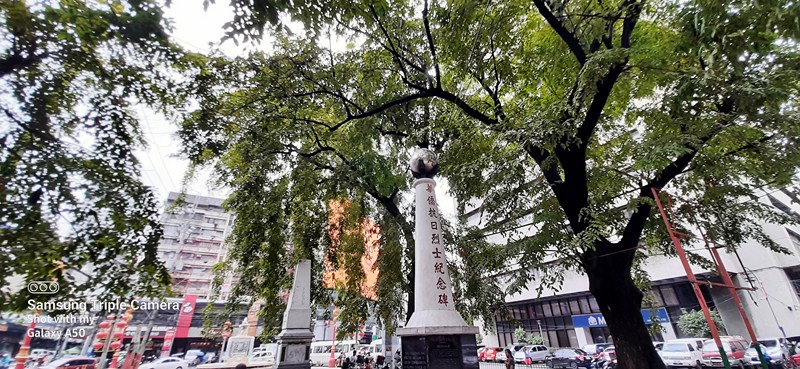
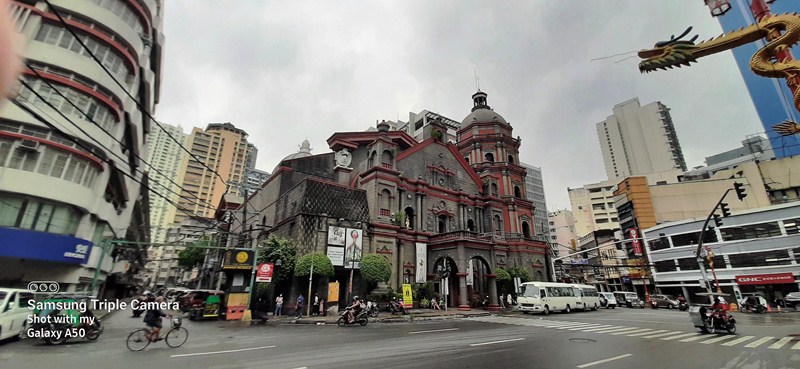
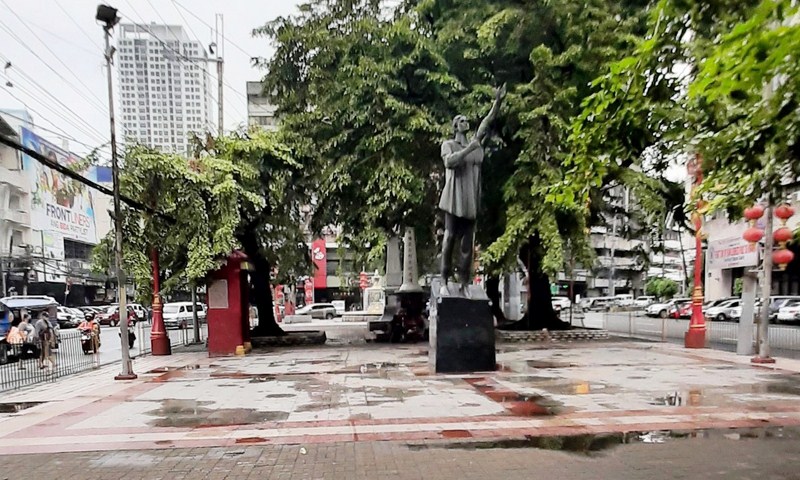
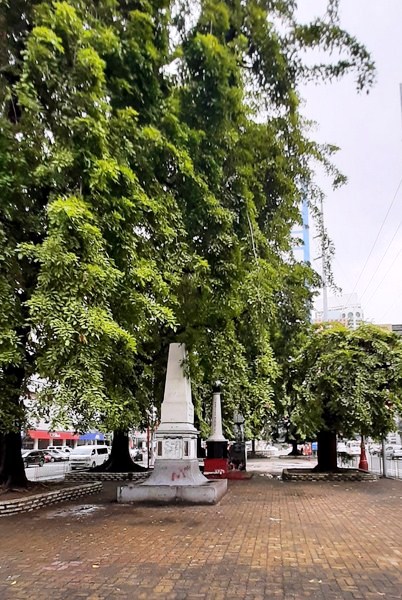
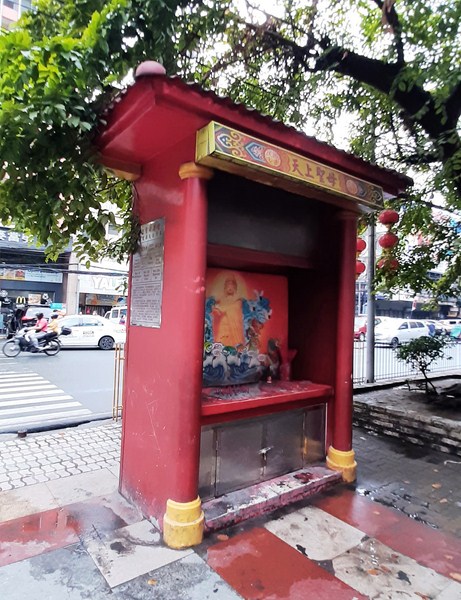
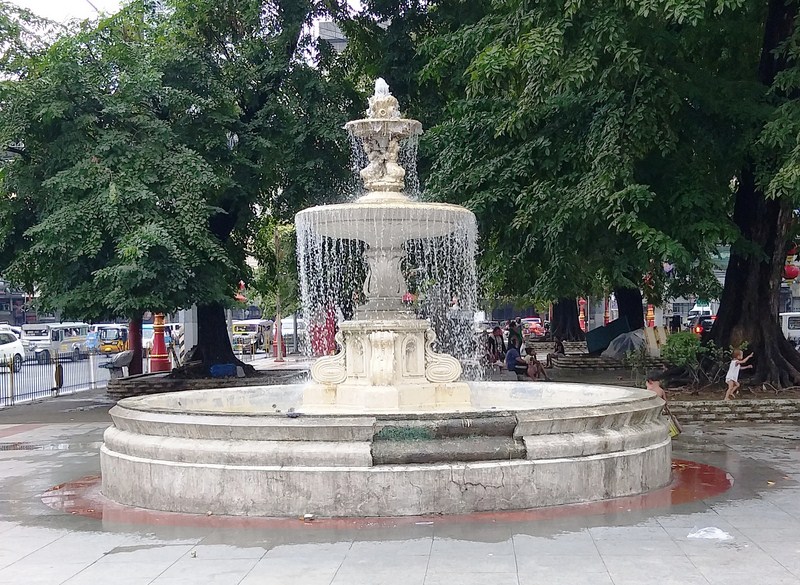
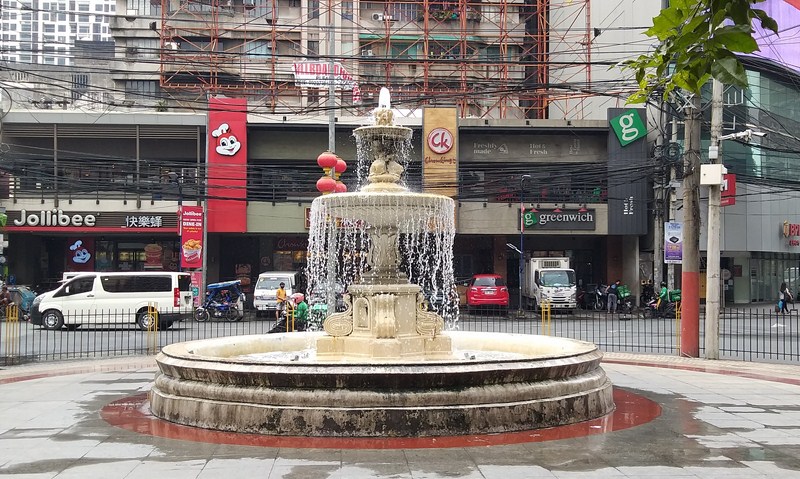
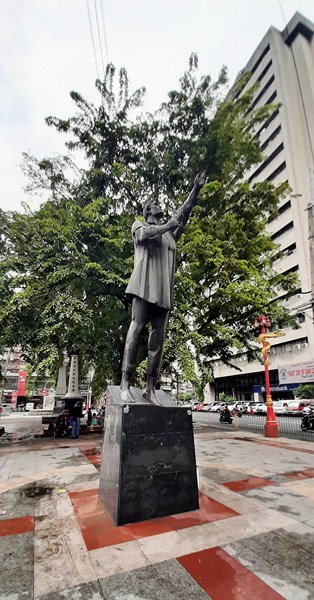
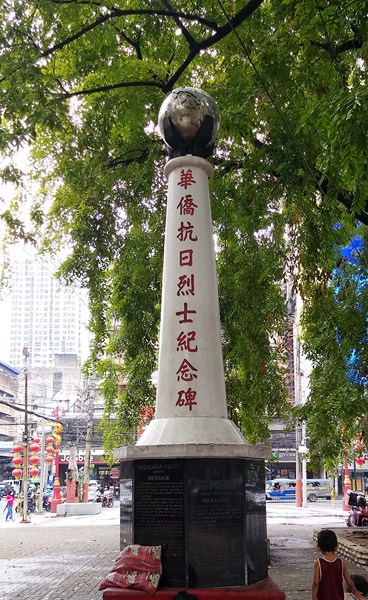
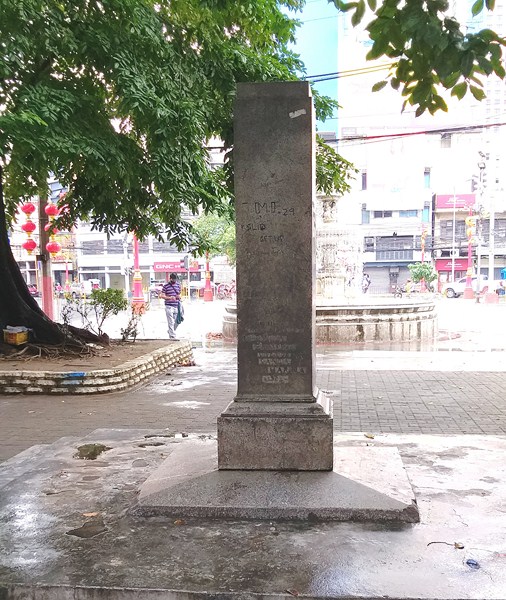
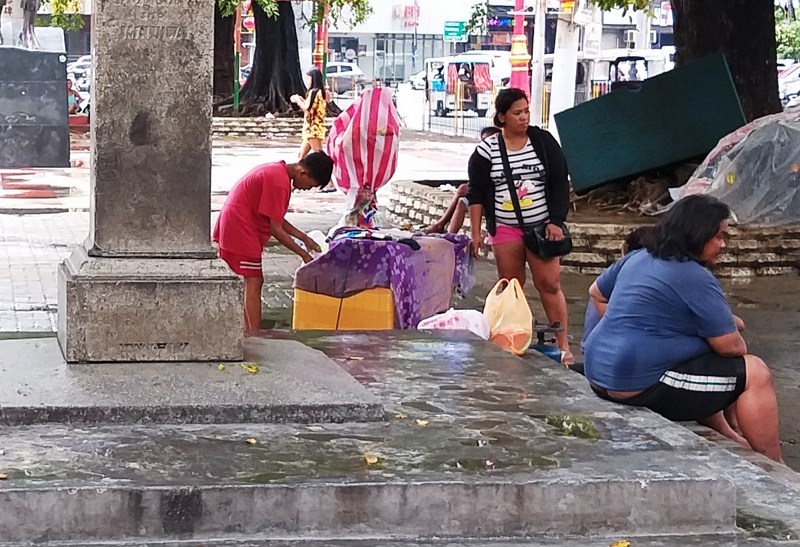
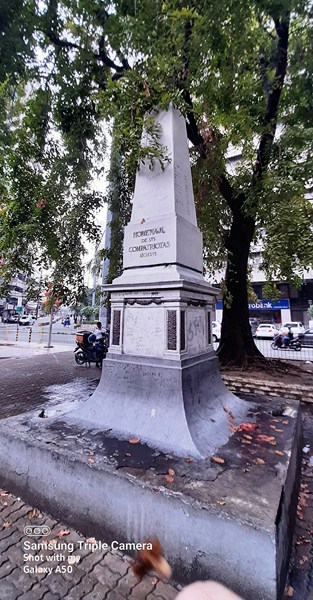
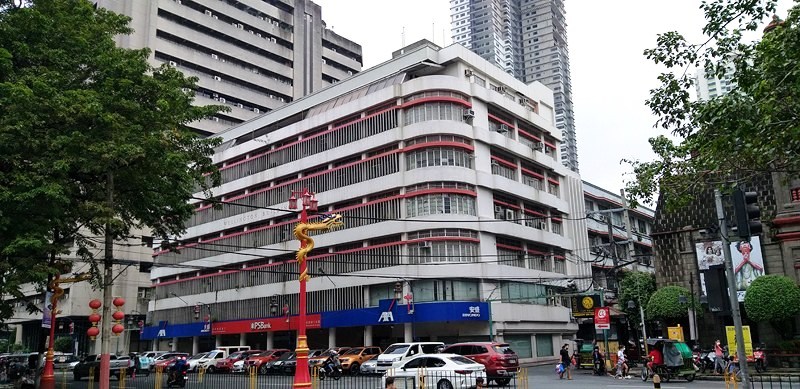
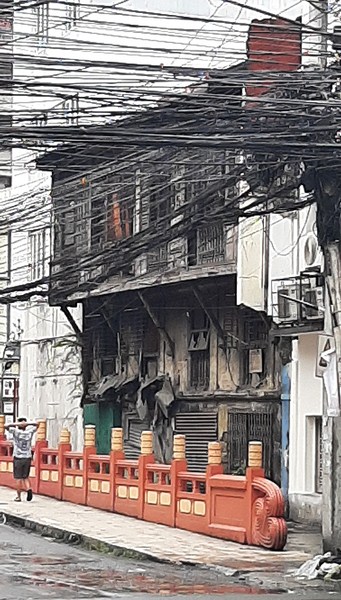
The better part about this platform is that it does not take more than a few
minutes to give you a whole and detailed report.